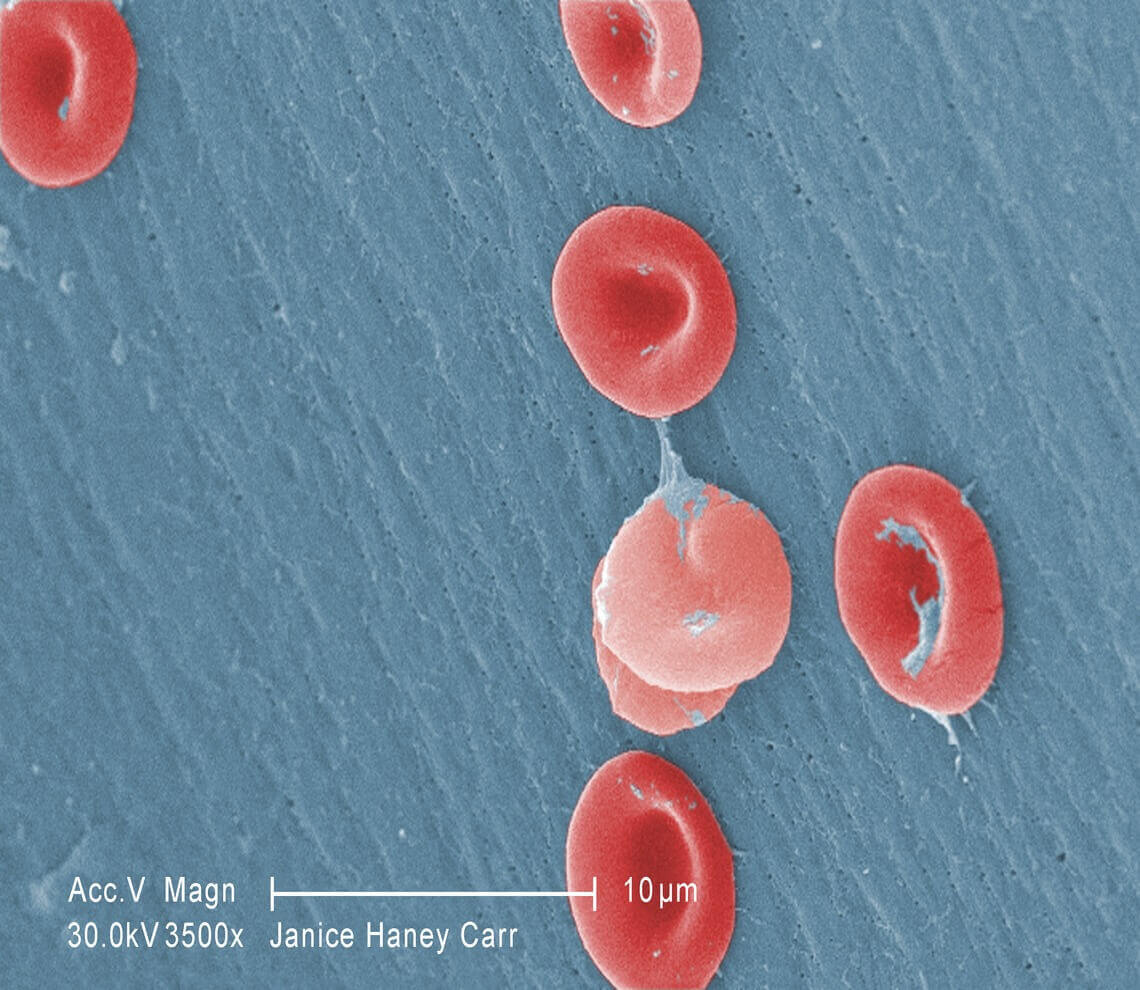- Our Suppliers
- MBS Monoclonals
- SMRT (Silencing Mediator of Retinoic Acid and Thyroid Hormone Receptor)
Product short description
Price:
680 EUR
Size:
100ug
Catalog no.:
GEN600491
Product detailed description
Concentration
N/A
Also known as
SMRT
Immunoglobulin isotype
IgG1
Clone
6D768
Tissue
thyroid
Purification method
Purified
Category
Antibodies
Clonality
Monoclonal
Source organism
Human (Homo sapiens)
Subcategory
Mnoclonal antibodies
Host organism
Mouse (Mus musculus)
Other gene names
ncor2; N/A; smrt; N/A
Gene name synonims
ncor2; N/A; smrt; N/A
Gene name
ncor2; N/A; smrt; N/A
Storage and shipping
Store the antibody at -20 degrees Celsius.
Tested applications:
Western Blot (WB), Immunohistochemistry (IHC)
Form/Appearance
Liquid. Purified antibody in PBS containing 1mg/ml BSA and 0.05% sodium azide.
Species reactivity
Human (Homo sapiens); Due to limited knowledge and inability for testing each and every species, the reactivity of the antibody may extend to other species which are not listed hereby.
Other names
silencing mediator for retinoid and thyroid hormone receptor; N/A; nuclear receptor corepressor 2; nuclear receptor co-repressor 2; silencing mediator for retinoid and thyroid hormone receptor; silencing mediator of retinoic acid and thyroid hormone receptors; nuclear receptor corepressor 2
Specificity and cross-reactivity
Recognizes human SMRT. Detects bands of ~250kDa and ~220kDa by Western blot corresponding to two known isoforms of SMRT.; Since it is not possible to test each and every species our knowledge on the corss reactivity of the antibodies is limited. This particular antibody might cross react with speacies outside of the listed ones.
Description
Hormone releasing factors and releasing hormones are signaling molecules produced by glands in multicellular organisms. The glands that secrete Luteinizing hormones LHRG and LH, FSH comprise the endocrine signaling system. The term growth hormone releasing hormone GHRH is sometimes extended to include chemicals produced by cells that affect the same cell (autocrine or intracrine signaling) or nearby cells (paracrine signaling). Human recombinant LHRG and GHRH are produced in E. coli or in yeast cells.The receptors are ligand binding factors of type 1, 2 or 3 and protein-molecules that receive chemical-signals from outside a cell. When such chemical-signals couple or bind to a receptor, they cause some form of cellular/tissue-response, e.g. a change in the electrical-activity of a cell. In this sense, am olfactory receptor is a protein-molecule that recognizes and responds to endogenous-chemical signals, chemokinesor cytokines e.g. an acetylcholine-receptor recognizes and responds to its endogenous-ligand, acetylcholine. However, sometimes in pharmacology, the term is also used to include other proteins that are drug-targets, such as enzymes, transporters and ion-channels.
© Copyright 2016-Tech News . Design by: uiCookies

